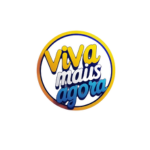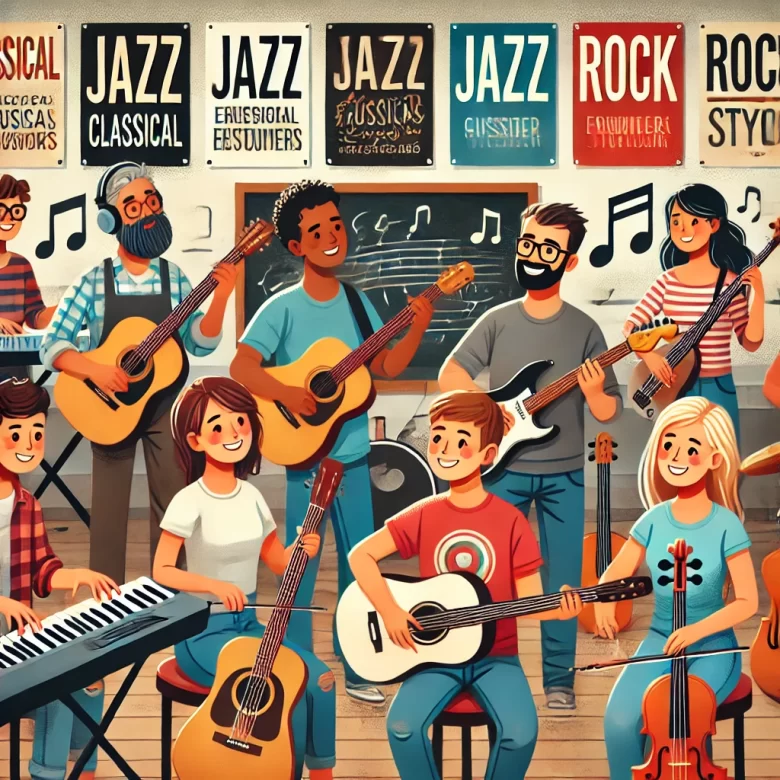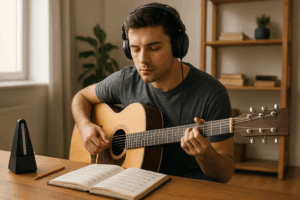When you’re starting to learn music, one of the most exciting (and sometimes overwhelming) questions is: “What style should I learn first?” From classical to pop, jazz to blues, the choices are endless. But as a beginner, some musical styles are more accessible, forgiving, and helpful for building strong foundational skills.
In this article, we’ll explore the best musical styles for beginners, explaining what makes each one beginner-friendly and how they can shape your musical journey.
Why Musical Style Matters When You’re Starting Out
Choosing a musical style isn’t just about taste — it impacts:
- How quickly you learn
- What techniques you develop early
- How motivated you feel to practice
- What kind of music you’ll be able to play
Picking the right style helps you stay engaged, challenged (in a good way), and confident.
1. Pop Music
🎤 Best for: Accessibility, enjoyment, and learning basic chord progressions
Why it’s great for beginners:
- Most pop songs use simple, repetitive structures
- Lyrics and melodies are easy to remember
- Chords are often limited to 3 or 4 per song
- Great for building rhythm and timing
Examples to try:
- “Let It Be” – The Beatles
- “Someone Like You” – Adele
- “Perfect” – Ed Sheeran
Ideal instruments: Guitar, piano, voice
2. Folk Music
🪕 Best for: Simplicity and storytelling through music
Why it’s great for beginners:
- Uses easy chord progressions and strumming patterns
- Often played at slower tempos
- Encourages playing by ear and singing along
- Builds strong rhythm and coordination
Examples to try:
- “Blowin’ in the Wind” – Bob Dylan
- “Scarborough Fair” – Traditional
- “Wagon Wheel” – Old Crow Medicine Show
Ideal instruments: Acoustic guitar, voice, banjo
3. Blues
🎸 Best for: Learning improvisation and musical feel
Why it’s great for beginners:
- Teaches the 12-bar blues structure — a key music foundation
- Introduces call and response, dynamics, and groove
- Ideal for learning scales and expressive phrasing
- Slower pace helps with accuracy
Examples to try:
- “Sweet Home Chicago” – Robert Johnson
- “Before You Accuse Me” – Eric Clapton
- Basic blues improvisation using the pentatonic scale
Ideal instruments: Guitar, piano, harmonica
4. Classical Music
🎻 Best for: Developing technique and reading music
Why it’s great for beginners:
- Builds strong sight-reading skills
- Focuses on hand coordination and finger strength
- Teaches dynamics, articulation, and structure
- Encourages discipline and attention to detail
Examples to try:
- “Minuet in G” – Bach
- “Ode to Joy” – Beethoven
- Simple études and sonatinas for piano or violin
Ideal instruments: Piano, violin, cello, flute
5. Rock Music
🤘 Best for: High energy and learning power chords
Why it’s great for beginners:
- Encourages creativity and expression
- Uses straightforward rhythms and riffs
- Teaches power chords, distortion, and stage presence
- Great for group playing (bands)
Examples to try:
- “Smoke on the Water” – Deep Purple
- “Seven Nation Army” – The White Stripes
- “Boulevard of Broken Dreams” – Green Day
Ideal instruments: Electric guitar, bass, drums
6. Reggae
🌴 Best for: Rhythm development and chord confidence
Why it’s great for beginners:
- Introduces off-beat strumming and syncopation
- Chord patterns are repetitive and easy to memorize
- Emphasizes groove over speed
- Great for group playing and relaxing vibes
Examples to try:
- “Three Little Birds” – Bob Marley
- “Red Red Wine” – UB40
- Simple reggae backing tracks
Ideal instruments: Guitar, bass, keyboard
7. Worship/Contemporary Christian Music
🙏 Best for: Emotional connection and community performance
Why it’s great for beginners:
- Simple and repetitive chord structures
- Great for group settings like church or youth events
- Encourages playing with feeling and connection
- Easy to find tutorials and resources online
Examples to try:
- “10,000 Reasons” – Matt Redman
- “Oceans” – Hillsong
- “Way Maker” – Sinach
Ideal instruments: Guitar, keyboard, voice
How to Choose the Right Style for You
Ask yourself:
- What kind of music do I enjoy listening to most?
- Do I want to play solo, or with others?
- Am I more interested in technique or creativity?
- Do I prefer singing or playing melodies?
There’s no wrong answer — but choosing a style that excites you will keep you more consistent and more motivated.
Can You Learn Multiple Styles at Once?
Yes — but with a plan.
Start by focusing on one, then slowly introduce elements from others. For example, you might begin with pop to build chord knowledge, then explore blues to improve improvisation.
As you grow, blending styles will help you become a more versatile musician.
Final Thoughts: Find Your Groove and Grow with It
The best musical style to start with is the one that makes you want to keep playing. Whether it’s pop, blues, rock, or classical, each style teaches you something valuable — and opens doors to new skills and sounds.
So go ahead: follow your ear, trust your instincts, and dive into a genre that lights you up. That passion will carry you further than any lesson ever could.




